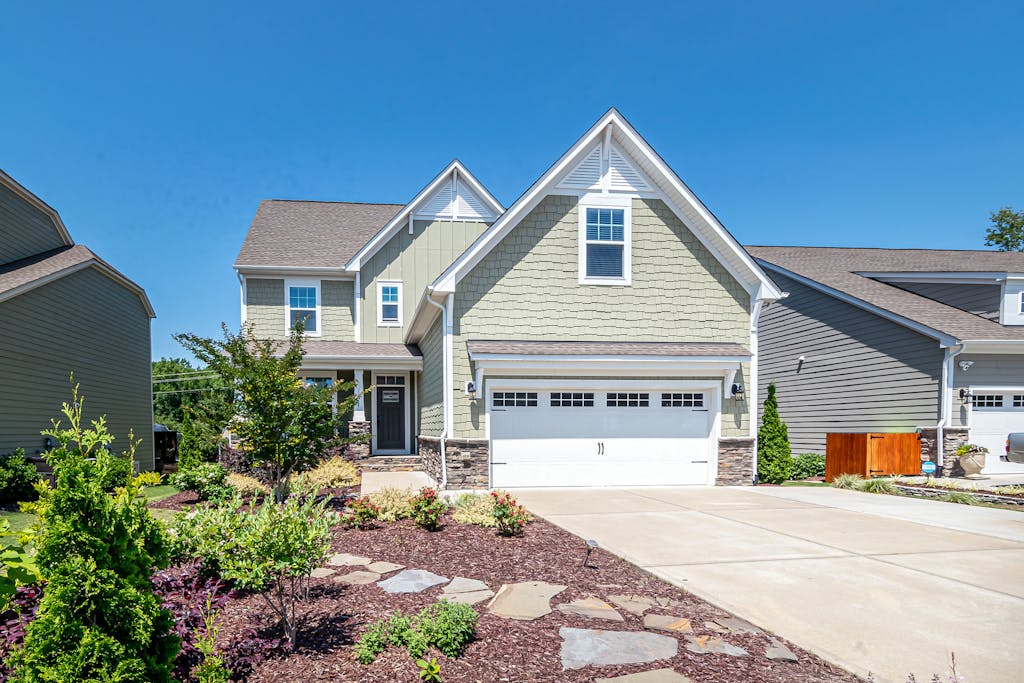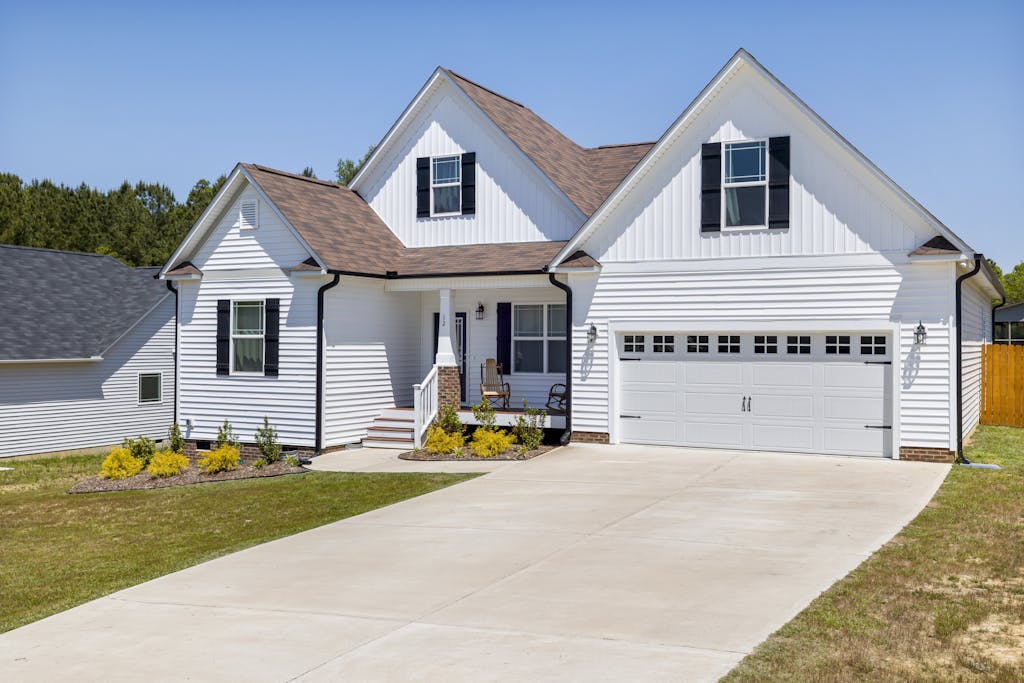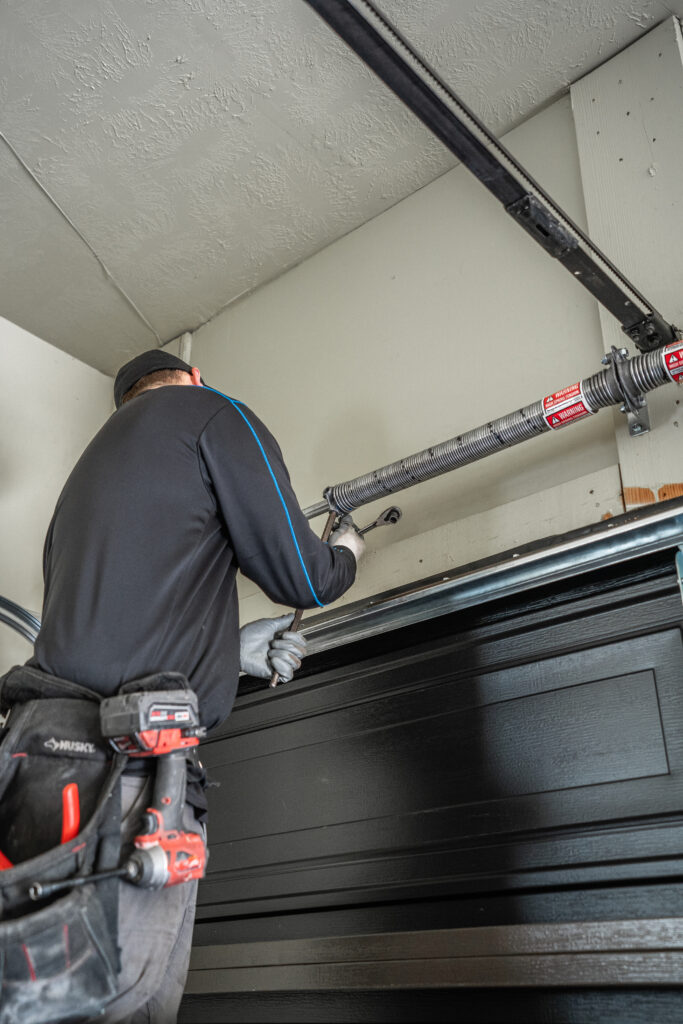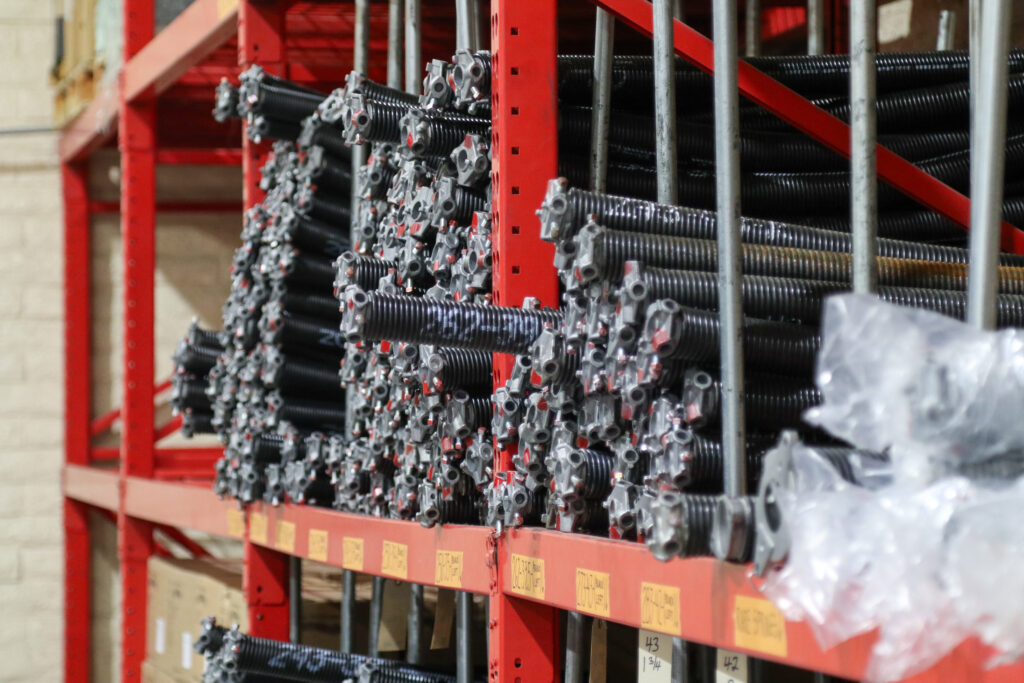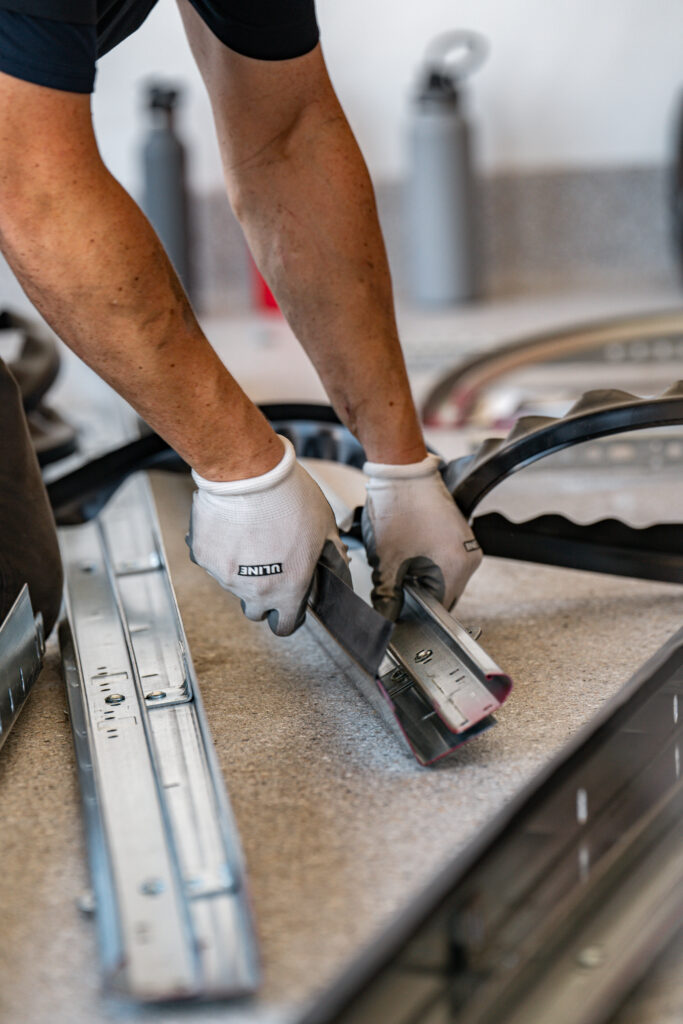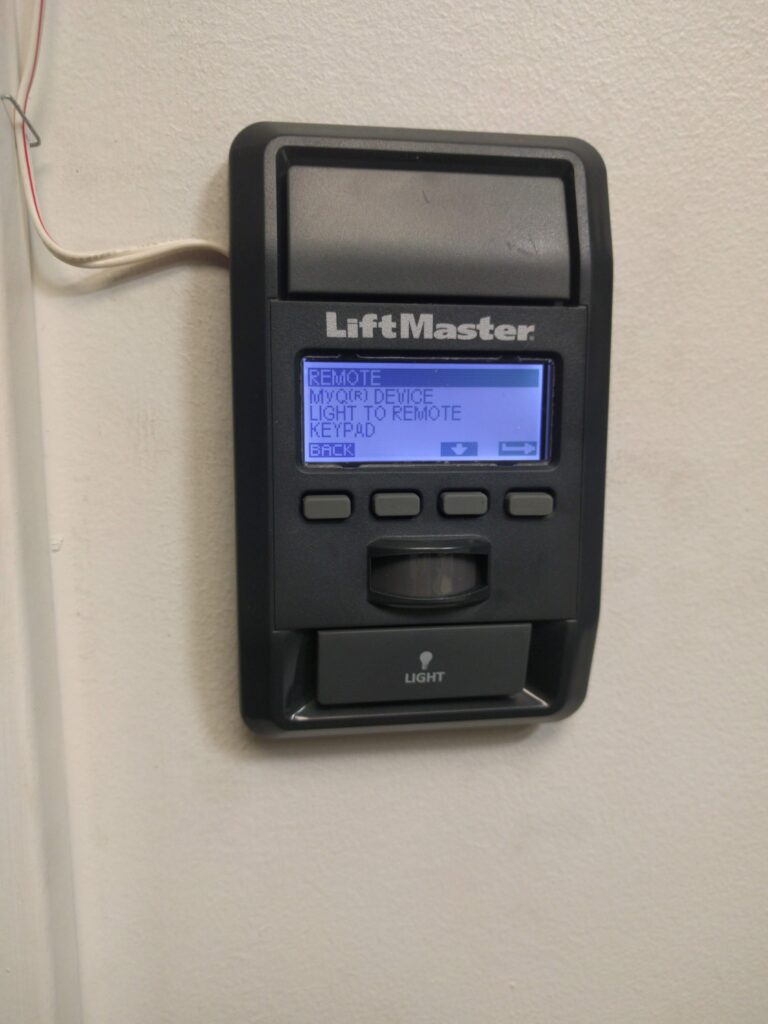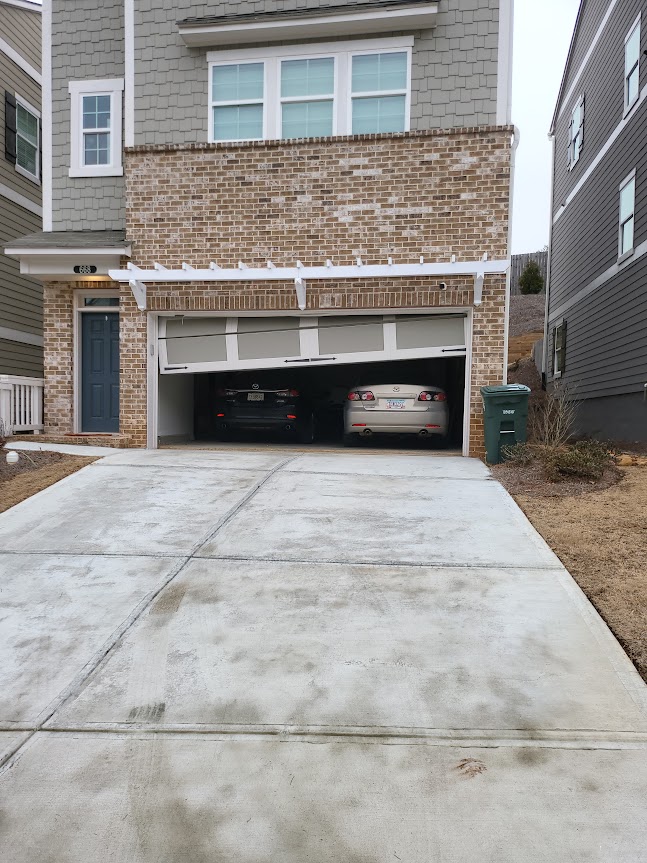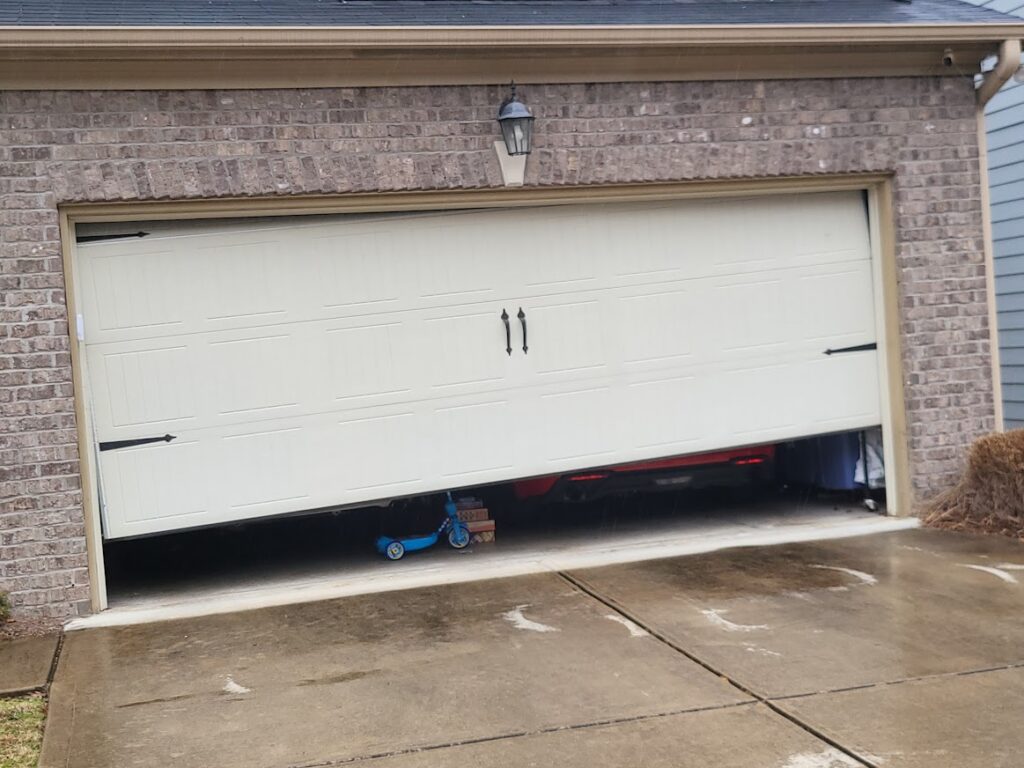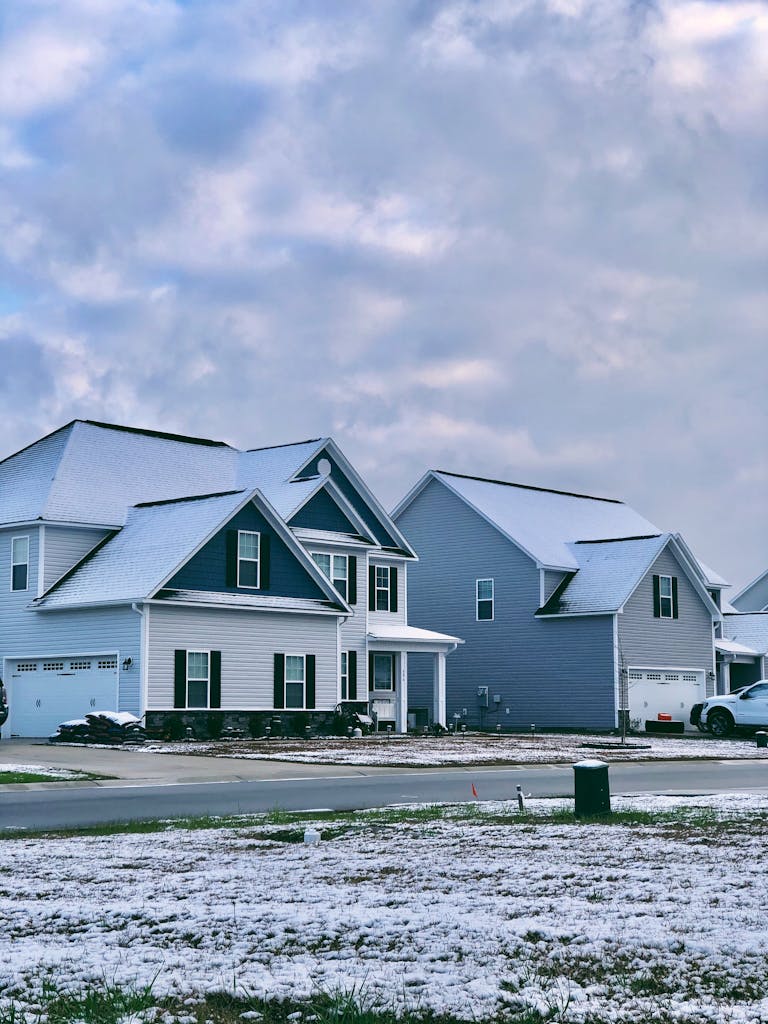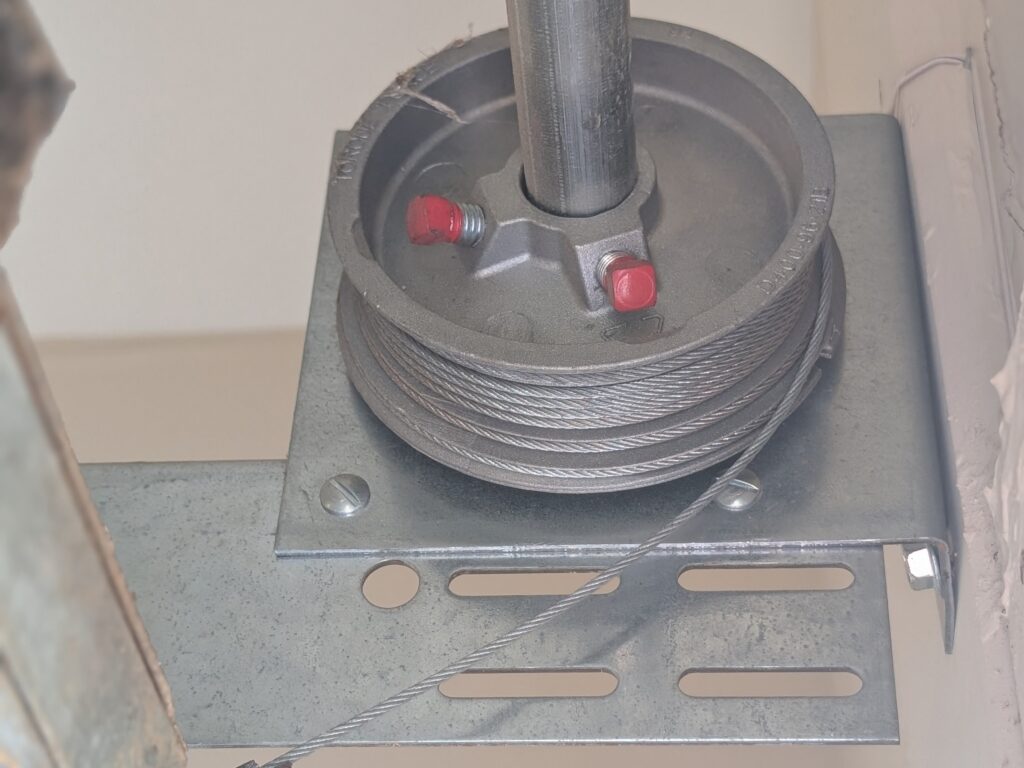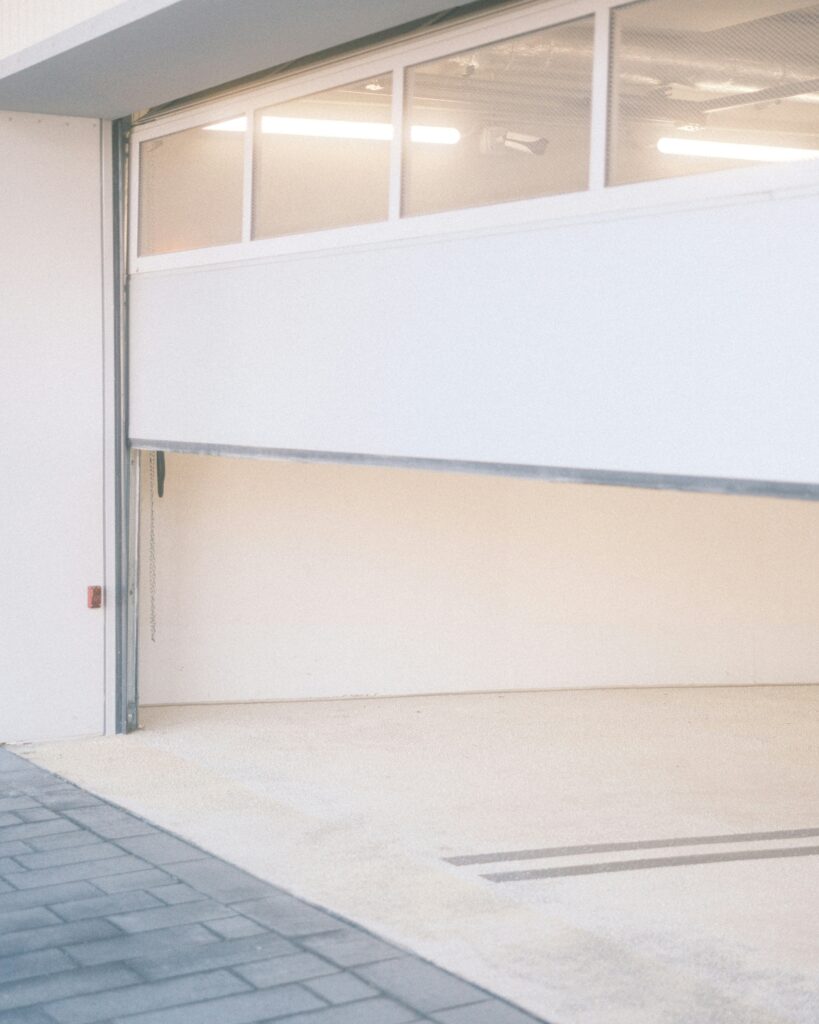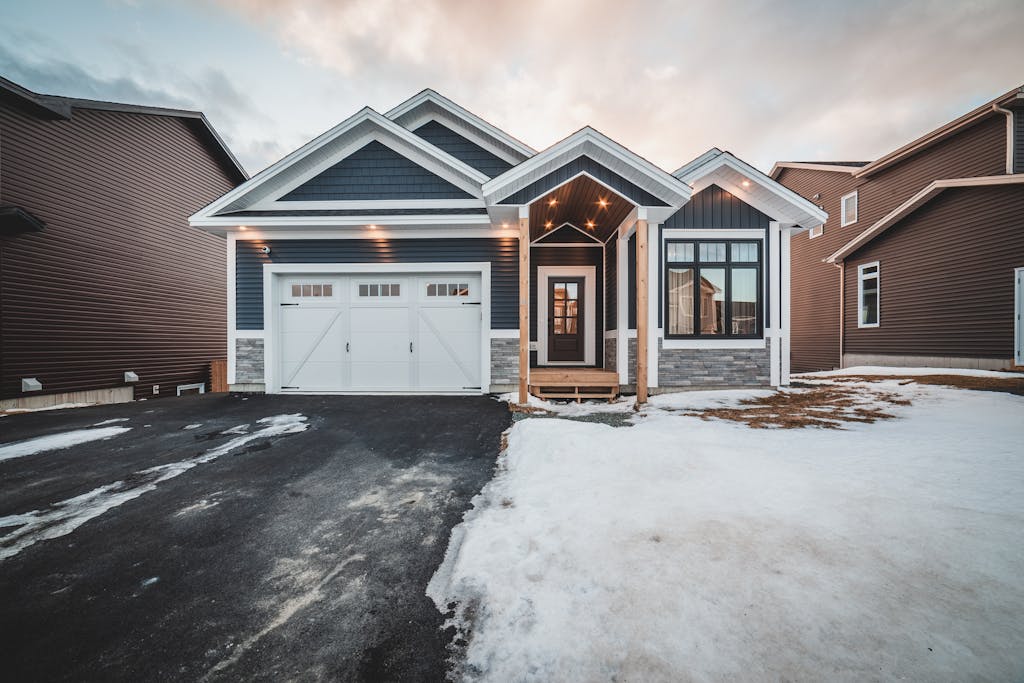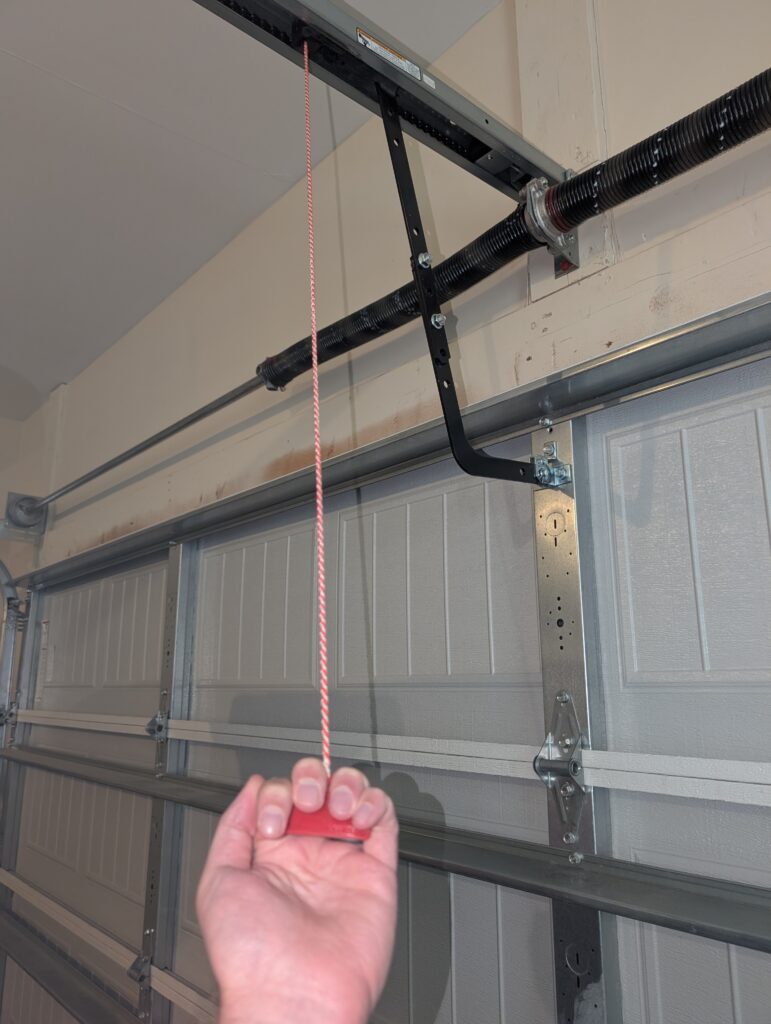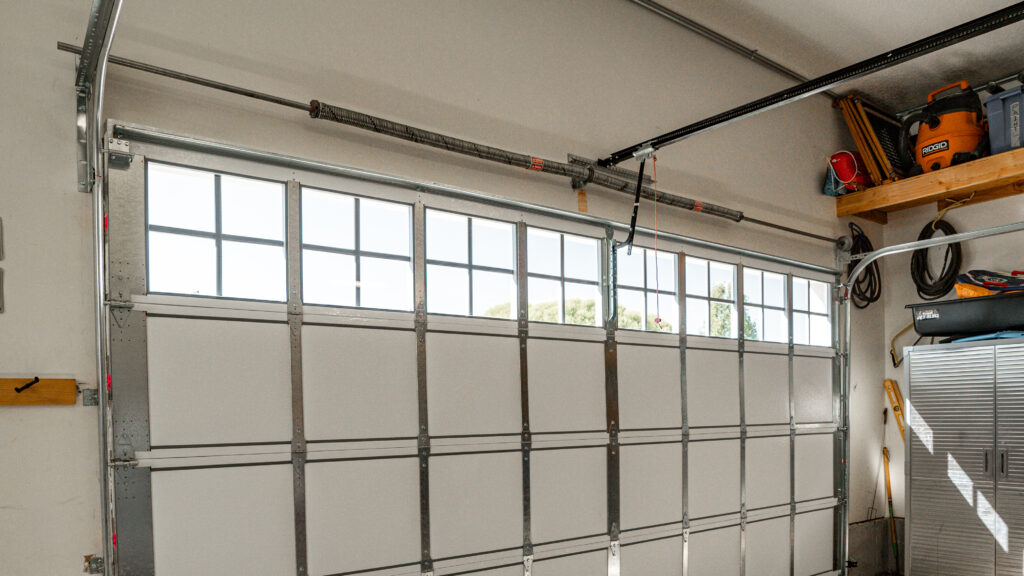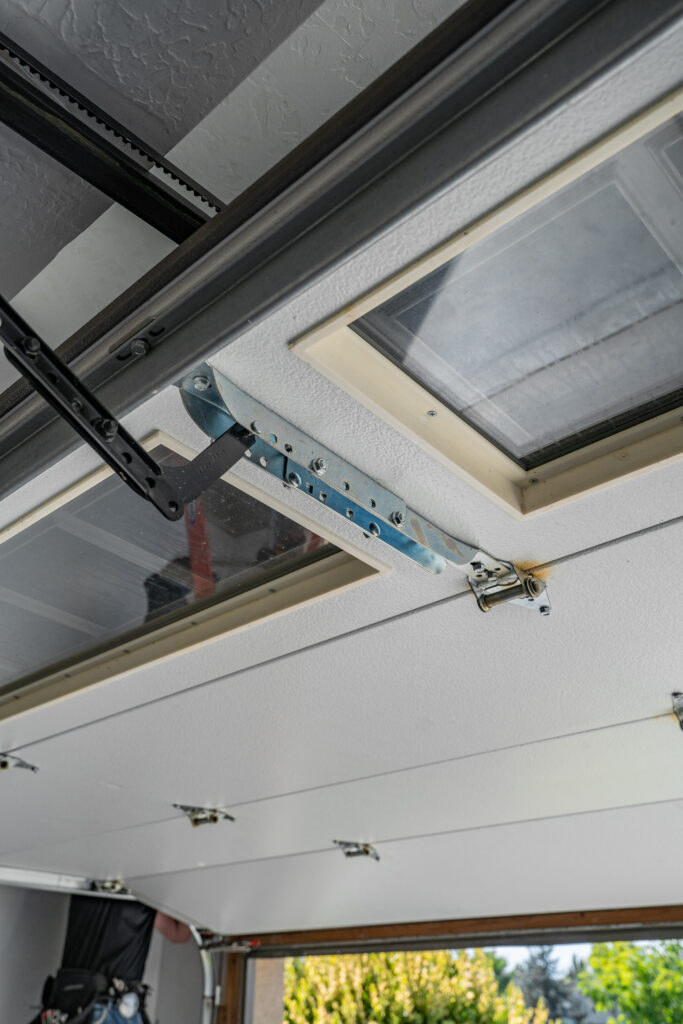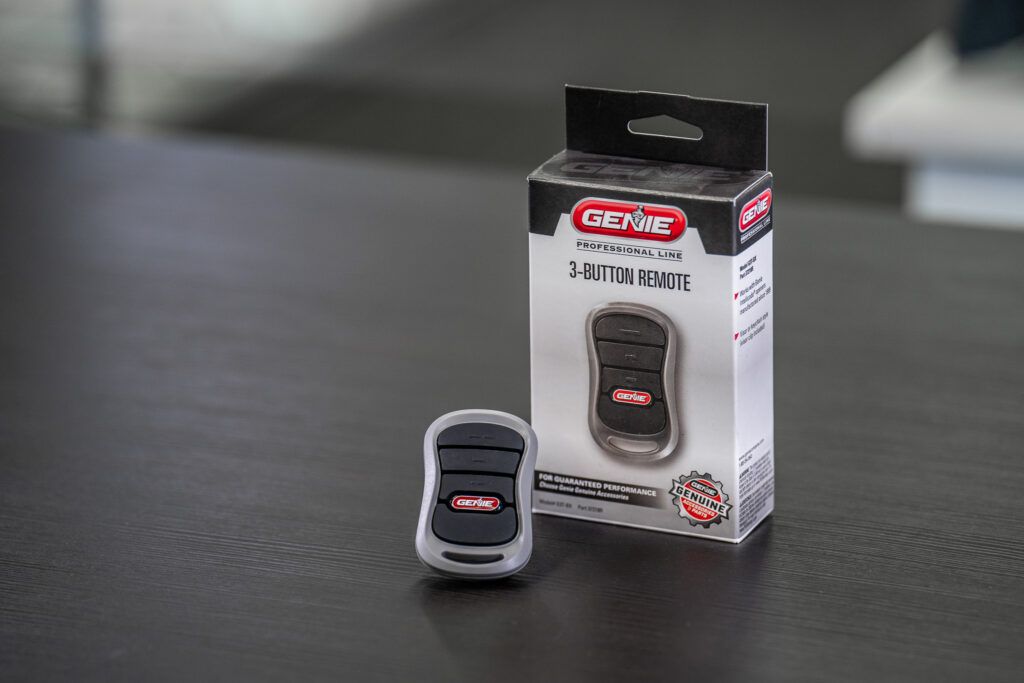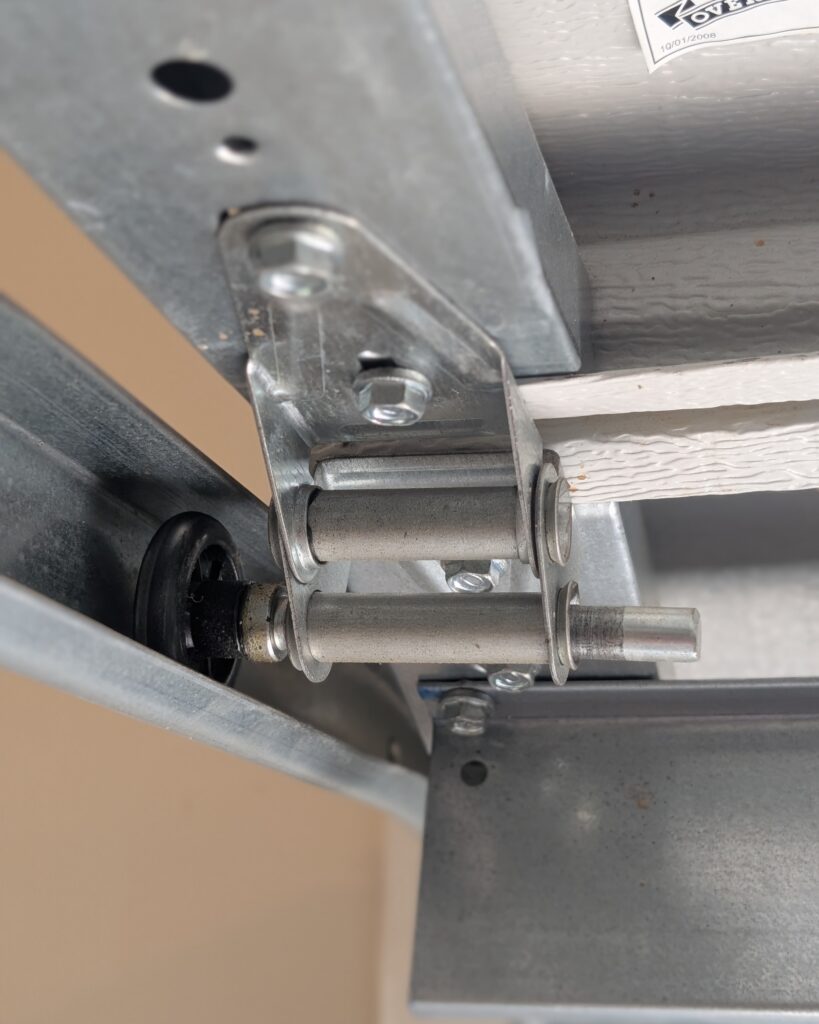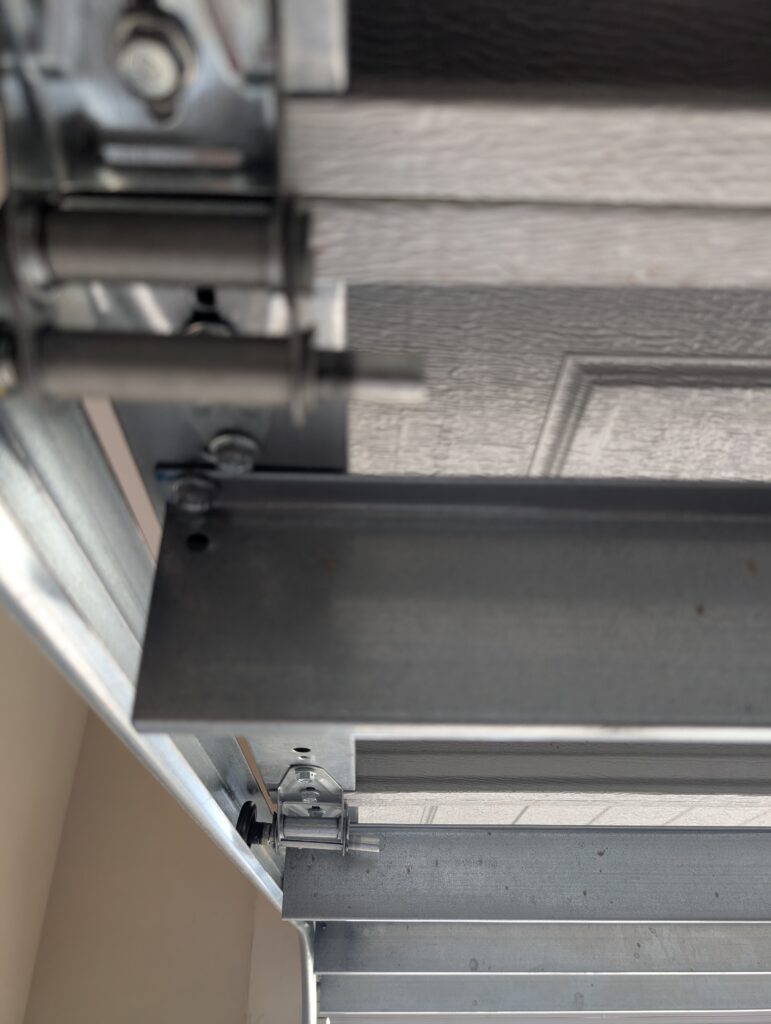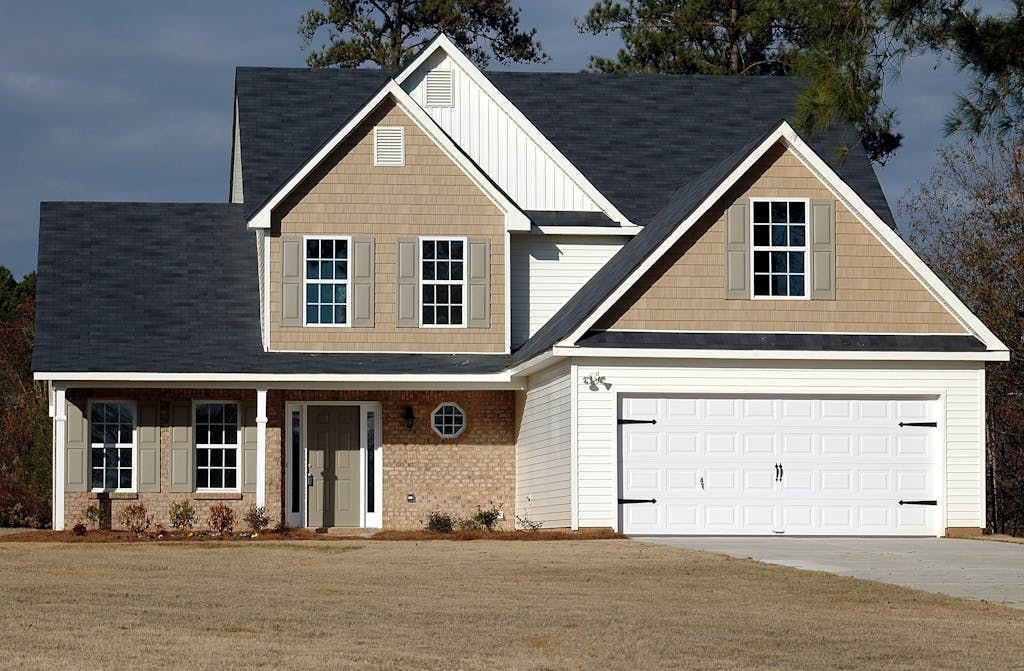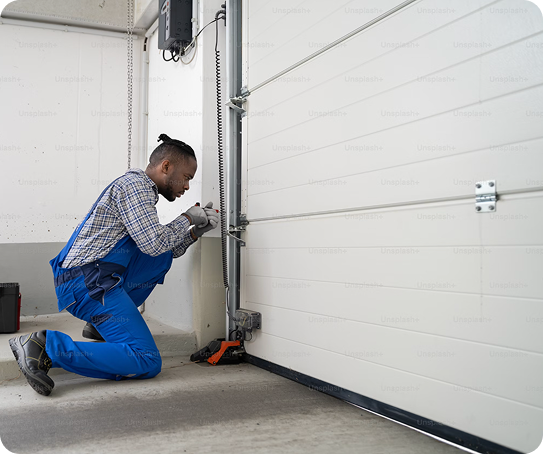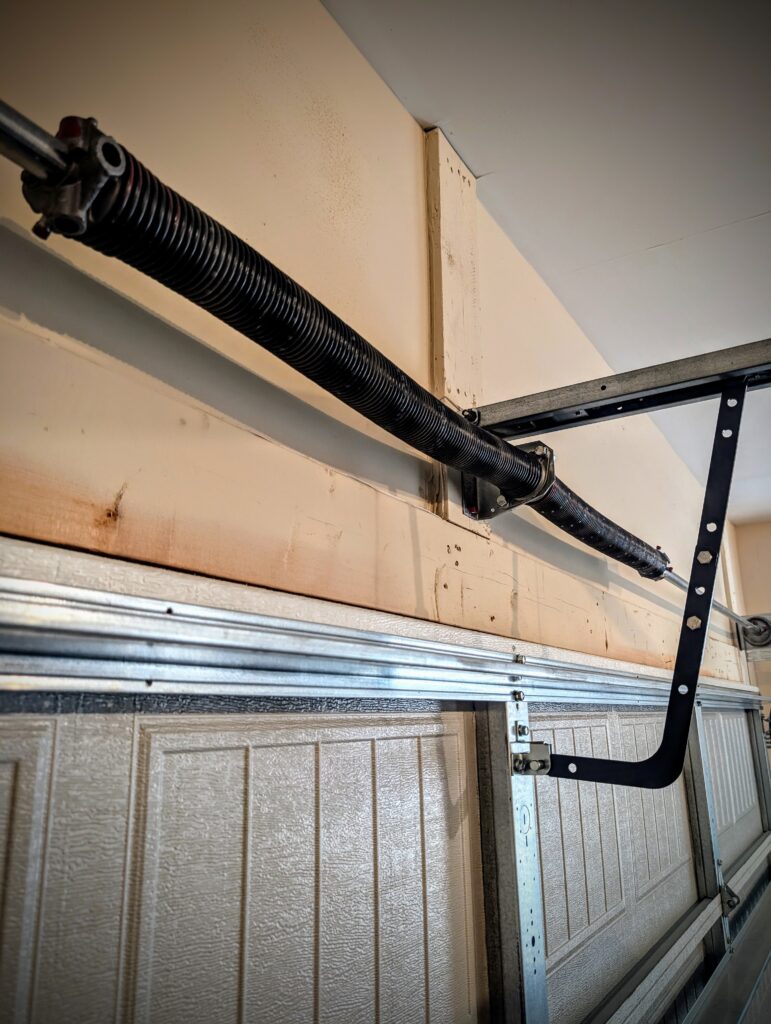Garage Door Tracks
Unravel the intricacies of garage door tracks with our comprehensive guide. From standard to vertical lifts, discover the right tracks, installation tips, and maintenance secrets to ensure smooth operation and longevity.
By: Sean Donnelly | Published: May 21, 2025
Find Garage Door Repair Services
Get a fast & free quote | Schedule your service today
Door tracks are a vital component of any garage door opening mechanism. Maintaining them through regular cleaning and inspections will help to ensure the longevity of your doors and the security of your garage. No matter your exact needs, Garage.com has all of the technical know-how and professional recommendations to make your upcoming repairs a success.
Understanding Garage Door Track Systems
Maintaining clear door tracks keeps strain on your springs and opener to a minimum while holding your rollers in place. The most common specs for residential garage door tracks include the following:
- 2-inch tracks: Between 0.55 and 0.75 inches thick
- 2-inch rollers: 1.75-inch wheels
- 12- or 15-inch radius: These refer to the bend in your garage door tracks, if you have standard-lift garage doors. 12-inch radii tracks require 12 inches of headroom above the top of your door, while 15-inch radii tracks need 14.25 inches of headroom.
Expert Tips>>>Signs Your Garage Door Tracks Need To Be Replaced
The 5 Types of Garage Door Tracks
Garage Door Track Components and Hardware
Track Sections and Materials
You’ll have your choice of a few track materials; some offer greater resistance to rust, but we still recommend cleaning them every four to six months to prevent dirt accumulation and damage.
- Galvanized steel: This is a rust-resistant material that’s better suited for heavier garage doors.
- Aluminum: This metal is thinner and typically a better option for lighter garage doors. It is also generally more rust resistant than galvanized steel.
Most track sets are sold with brackets with screws for attachment to walls or ceiling joists. Additionally, track sections are connected by track bolts and flange nuts. These track bolts are aimed outward from the track to prevent them from hindering roller movement.
Brackets, Hangers, and Mounting Hardware
Garage door track sets can come with the following hardware:
- Jamb brackets: These mount to the front wall of your garage and attach to vertical tracks. Many manufacturers recommend at least two of these per vertical track.
- Track hangers: You’ll need at least two track hangers per horizontal track. Each track hanger is a two-piece set. One piece mounts directly to your ceiling, while another connects this mounted component to the horizontal track.
When hanging your rear-most bracket, you should remember to thread the long end of the bolt through the track facing inward. This way, the bolt stem can act as a stop for your rollers and keep your garage door on track.
Rollers and Their Interaction with Tracks
Most residential rollers are sold to fit 2” tracks. Note that rollers for 2” tracks have a real diameter measurement of 1.8” They come in the following materials and options:
- Nylon rollers: These offer quiet operation and minimal maintenance, but function best on lighter doors.
- Steel rollers: This more affordable option is slightly noisier and more durable. It is best-suited for
- Ball bearing rollers: Both nylon and steel rollers with ball bearings on the wheel operate far smoother. That said, more moving parts could equal more frequent replacement.
Expert Tip>>>Replace Your Rollers
How to Measure for the Right Garage Door Track System
Essential Measurements for Track and Radius Selection
Taking measurements for your tracks is a necessary step when replacing or installing a new track system. Knowing the height and width of your garage door will help when setting mounting brackets on the front wall and rafters, and will ensure that you install the right opener in the correct location.
For new garage doors, if your door is under 91 inches, you’ll likely require a curved section with a 12-inch radius. Doors above 91 inches often require 15 inch radii and headroom. Finally, measuring the amount of room you’ll have behind your door while raised or open will help you to chart where you’ll install your opening mechanism.
Specialized Measurement Considerations
We recommend that you call a professional for track conversions or for full track replacements. Re-fitting your garage for new tracks or upgrading your system will require working around your torsion or extension springs, which presents numerous safety hazards.
Selecting the Right Garage Door Tracks for Your Project
Matching Tracks to Door Type and Weight
If you have a conventional garage door with your home, 2” tracks will usually be the best option. However, bulkier garage doors may necessitate 3” tracks to hold the additional weight. Similarly, a garage outfitted with vertical or high lift doors may require larger tracks to handle heavier workloads. We recommend that you begin any track upgrade process with a professional consultation. Contact one of our top pros to learn more.
Clearance and Space Considerations
Odd clearance requirements or unconventional garage construction may also require a professional opinion. Licensed garage technicians can offer advice and service for the following:
- Low headroom doors
- Tracks with no backroom
- Upgrades to garage opener type
- Navigating around HVAC and electrical features
- Maximizing interior space
Budget and Longevity Factors
DASMA, the Door & Access Systems Manufacturers Association, states that the ROI on a new garage door can equal up to 194% of the door’s value. With no upgrades, original tracks can last 10 to 15 years or more. If you maintain them with regular cleaning and inspections, the need to update your garage door or opener should be minimal. The cost to replace your garage door tracks usually ranges from $150-$500.
Upgrading Your Garage Door Track System
Signs It’s Time to Upgrade
Excessive noise is a primary giveaway that your garage doors and track system could be upgraded. Older tracks can be prone to buckling or struggling with newer garage openers, which can cause property damage or worse. Other indicators that replacement may be needed include:
- Stalled operation of your garage opener
- Rollers consistently go off-track
- Straining sounds from your opener
- Rattling during operation
Expert Advice >>> Emergency Garage Door Repair
Popular Track Upgrades and Modifications
Full-scale upgrades to your garage door and opening system are less commonly handled by even the most capable DIYers. Contact a pro if you’re considering the following:
- Converting to a high lift garage door
- Converting to a vertical lift garage door
- Altering your tracks to follow the contour of your garage roof
You can handle other tasks, like upgrading rollers or replacing mounting brackets, on your own if you choose.
Professional vs. DIY Track Upgrades
We always recommend professional assistance when replacing garage door tracks. Small dents or deviations in your tracks’ paths are easily fixed with a mallet and pliers, but any repair that requires you to work around springs or fully remove sections is a bit risky. We’ve reviewed many of the top pros in the industry to help with any garage repair.
Common Questions About Garage Door Tracks
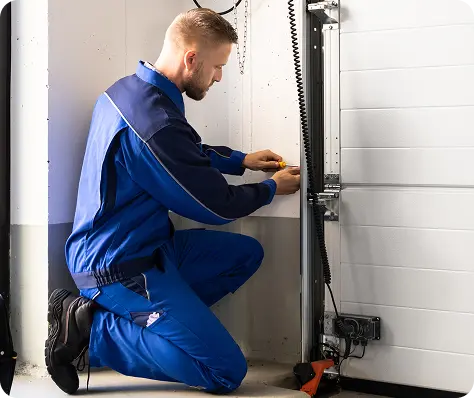
Get Your Free Quote and Schedule Your Garage Repair Today
Find top-rated companies for fast garage repairs and service to make sure your garage door system lasts. Get free quotes from garage door companies in your area.
Tips and Expert Advice for Your Garage
Stay informed with expert advice on garage door maintenance, garage door service, garage door replacement, and upgrades. Explore our blog for guides, troubleshooting tips, and more.

